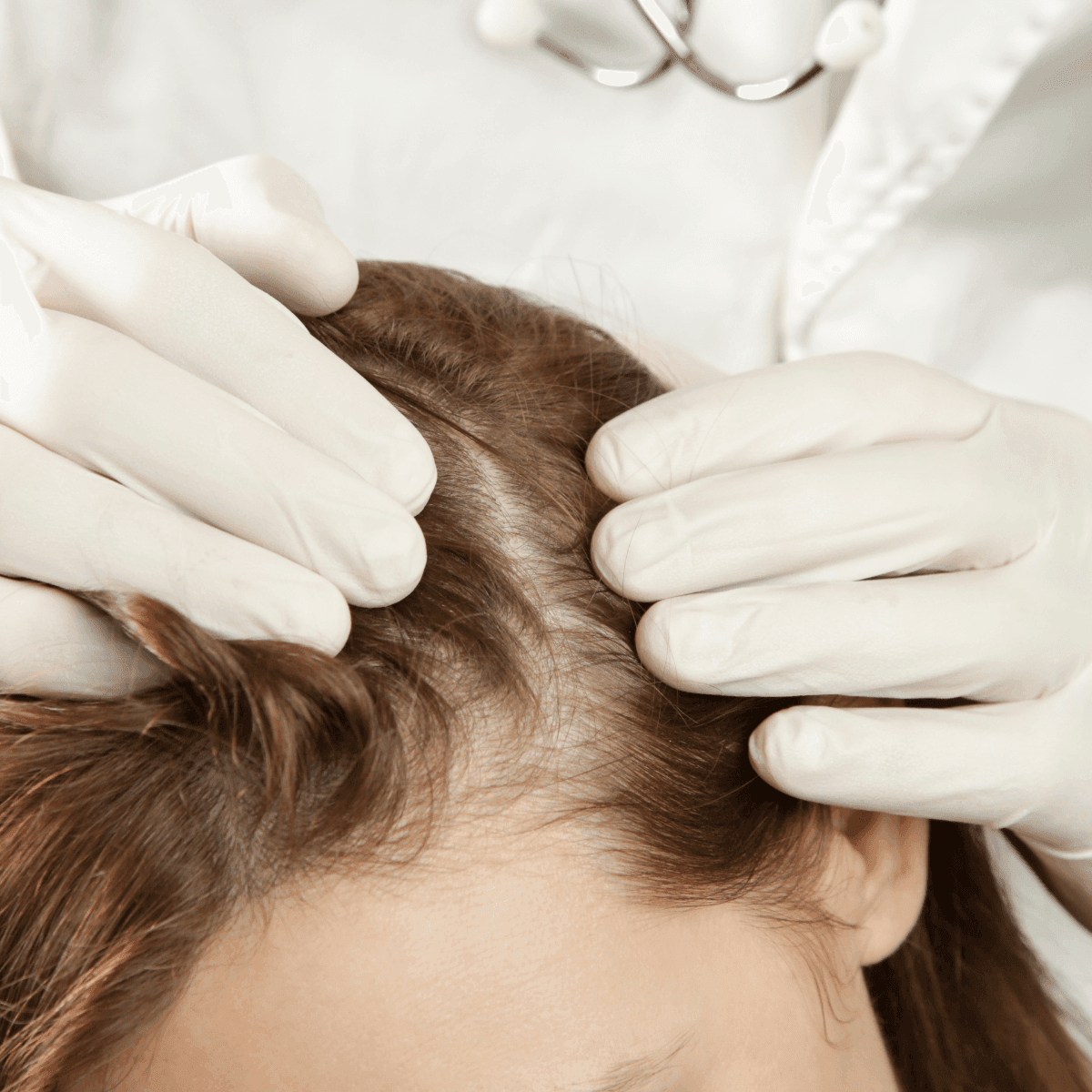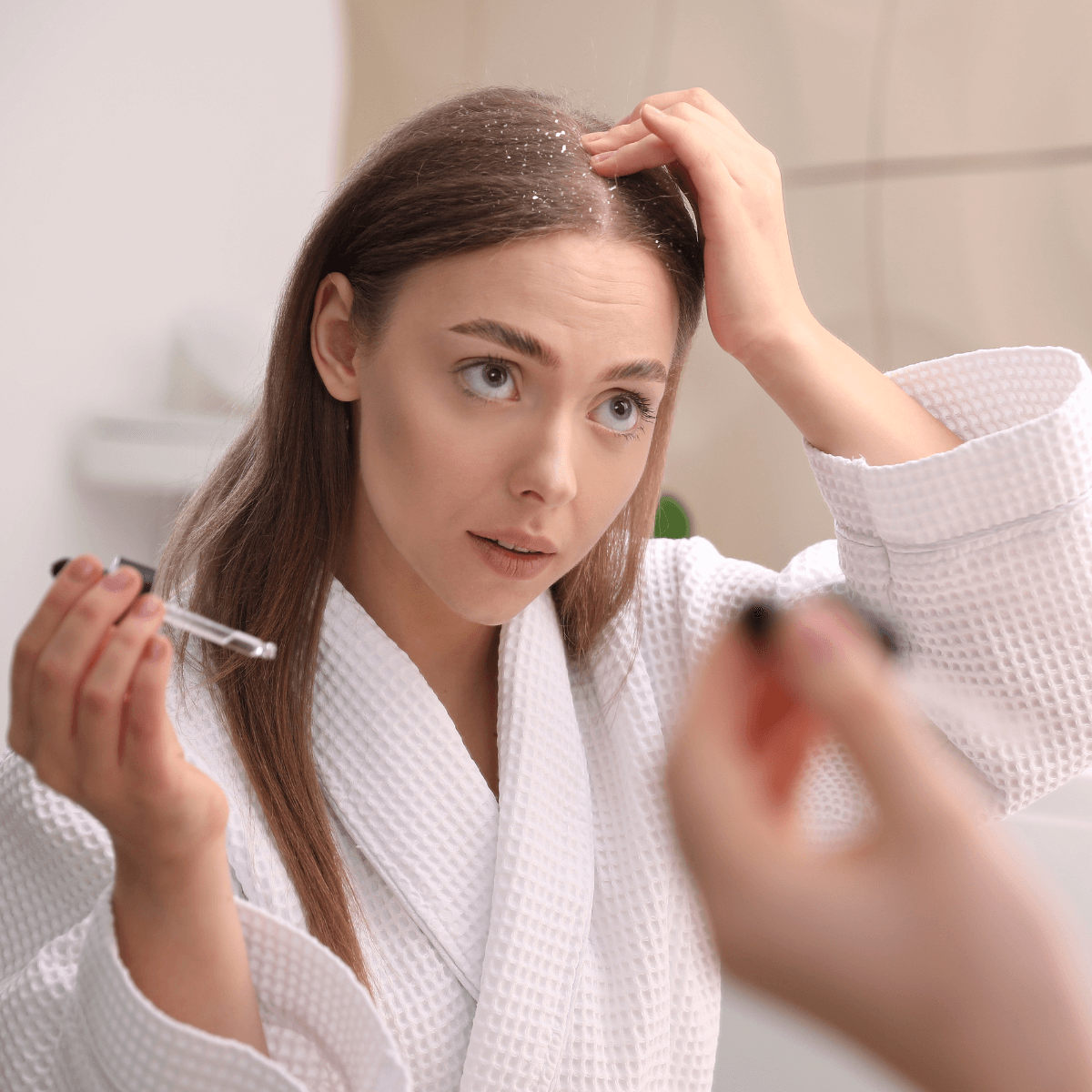If you’ve ever dealt with flaky skin or an itchy scalp that just won’t quit, you’re not alone. Seborrheic dermatitis (SD) is a common skin condition that many people battle without even knowing its name. While it’s not dangerous, it can be incredibly frustrating – especially when it flares up unexpectedly. But don’t worry, we’re here to break down the causes, symptoms, and treatments of SD so you can manage it like a pro.
Contents
What is Seborrheic Dermatitis?
Seborrheic dermatitis is like that uninvited guest who shows up at the worst times – think of it as a cousin of dandruff, but with a bigger appetite for mischief. It’s a chronic condition that causes red, scaly patches and oily flakes on areas of your skin with lots of sebaceous (oil-producing) glands, such as the scalp, face, chest, and back.
Unlike eczema or psoriasis, SD often comes with greasy-looking scales and a yellowish tint. It’s not contagious or a sign of poor hygiene, so there’s no need to feel embarrassed. Instead, think of it as a reminder to give your skin the TLC it deserves.

Causes of Seborrheic Dermatitis
So, what’s behind this skin troublemaker? While the exact cause of SD isn’t fully understood, researchers believe it’s a mix of factors that create the perfect storm for irritation.
- Excess Oil Production: If your skin produces more oil than necessary, it can create a playground for yeast and bacteria. This overproduction is often linked to genetics or hormonal changes.
- Malassezia Yeast Overgrowth: This naturally occurring yeast is a big suspect. While it’s harmless in small amounts, an overgrowth can trigger inflammation and flaking.
- Other Factors: Stress, cold weather, and certain health conditions like Parkinson’s disease or depression can worsen symptoms. It’s as if SD knows when you’re vulnerable and decides to strike.
Symptoms to Look Out For
Seborrheic dermatitis can show up in several ways, making it a bit of a chameleon among skin conditions. Keep an eye out for these telltale signs:
- Flaky, Greasy Patches: The hallmark of SD is greasy-looking flakes that cling to your hairline, eyebrows, or even your ears. On the scalp, it’s often mistaken for dandruff but tends to be more persistent.
- Redness and Itching: These symptoms often accompany the flakes, creating a not-so-fun combination of discomfort and visible irritation.
- Seasonal Changes: SD loves to make a grand entrance during the colder months when the air is dry and your skin is stressed.
Treatment Options
The good news? You’ve got plenty of tools in your skincare arsenal to tackle SD. From over-the-counter solutions to dermatologist-approved treatments, there’s a remedy for everyone.
Over-the-Counter Solutions
Start simple. Drugstores are packed with products designed to soothe SD symptoms:
- Medicated Shampoos: Look for shampoos containing ketoconazole, selenium sulfide, or salicylic acid. These ingredients help control yeast and reduce flaking, giving your scalp a much-needed break.
- Gentle Cleansers and Moisturizers: Your skin barrier is already stressed, so stick to gentle, fragrance-free products. Hydrating your skin can also minimize dryness and irritation.
Professional Treatments
If OTC products aren’t cutting it, it’s time to call in the pros. Dermatologists have plenty of tricks up their sleeves:
- Prescription Creams and Lotions: These include antifungal creams, topical steroids, or calcineurin inhibitors, which reduce inflammation and tackle the root cause of the problem.
- Advanced Therapies: In some cases, your dermatologist might recommend light therapy or oral antifungal medication for severe cases.
Lifestyle and Home Remedies
Don’t underestimate the power of small lifestyle tweaks:
- Manage Stress: Stress is like fuel for SD, so practice mindfulness, yoga, or whatever helps you relax.
- Try Natural Remedies: Ingredients like tea tree oil, honey, or apple cider vinegar may offer relief for mild symptoms. Always do a patch test first, though – your skin deserves respect!

How to Manage Seborrheic Dermatitis Long-Term
Seborrheic dermatitis may be chronic, but you can keep it in check with consistent care. Here are some tips for the long haul:
- Stick to a Routine: Consistency is key. Use your medicated products regularly, even when your skin looks good, to prevent flare-ups.
- Protect Your Skin in Winter: Cold weather and dry indoor heating can irritate your skin. Invest in a good humidifier and moisturize like it’s your full-time job.
- Avoid Harsh Products: Strong soaps, alcohol-based toners, and fragranced creams are your skin’s nemesis. Keep things simple and gentle.
Myths and Misconceptions
Let’s bust some common myths about seborrheic dermatitis:
- “It’s contagious.” Nope! You can’t catch SD from someone else – it’s not like the flu or a cold.
- “It’s caused by dirty skin.” SD isn’t about cleanliness. In fact, overwashing your skin can strip it of natural oils and make things worse.
- “It only affects the scalp.” While dandruff is the most recognized form of SD, it can also pop up on your face, chest, or even behind your ears.
When to See a Dermatologist
Sometimes, seborrheic dermatitis needs a professional touch. Here’s when to make an appointment:
- Severe Symptoms: If your skin is painfully red, inflamed, or unresponsive to OTC treatments, don’t wait.
- Frequent Flare-Ups: If SD keeps coming back despite your best efforts, a dermatologist can help pinpoint triggers and adjust your treatment plan.
- Emotional Impact: Skin conditions can take a toll on your self-esteem. If SD is affecting your mental health, seek support – it’s just as important as physical treatment.
Seborrheic dermatitis might be a stubborn skin condition, but it doesn’t have to control your life. With the right knowledge, treatments, and a little patience, you can manage it effectively and keep your skin looking and feeling its best.
Remember: your skin is unique, and so is your journey to healthy skin. Whether you’re experimenting with medicated shampoos or consulting a dermatologist, take it one step at a time – and don’t be afraid to ask for help when you need it. Because when it comes to SD, knowledge really is power.


